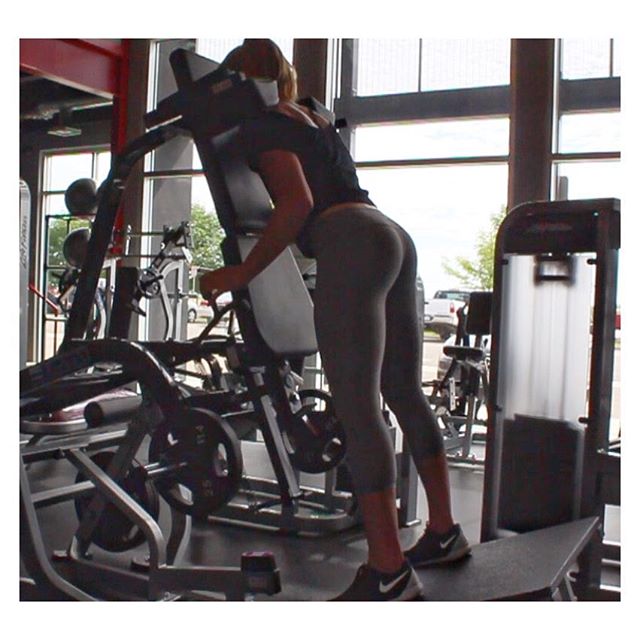Some thoughts and discussions from me.
Things were going great. She was following the plan. Her pant size was down, she was feeling leaner, and feeling STRONGER.
But then, one number changed everything, when she stepped on the scale and saw it had only dropped a few pounds.
You’ve probably been in this scenario, right? While there are actually a couple situations when it’s a good idea to use a scale to measure progress (of which I’ll be discussing next week!) the first few weeks of starting a new program is NOT one of those times.
This was the case for one of my boot camp clients last week. We’d started our program a couple weeks back, and her strength workouts as well as training volume, load, and density overall had increased.
She was hitting her planned workouts, following the Sleek & Sculpted Nutrition Plan and seeing some major results in the mirror, in her clothing fit, and her energy levels.
So, when I’d received her check-in, concerned about losing just a couple pounds thus far, my immediate thought was: “Argh! That dang scale!!”
The thing is – while the scale does measure weight – it also measures several other things, including food consumed, liquids consumed, water retention from sodium, what you’re wearing, lean mass like muscle, connective tissue and bones. It also measures water retained from starting a new training program.
Here’s how:
#1) Muscle Soreness
As I mentioned before, this client has been kicking butt in our workouts, but she’s also been sore. This is completely normal – but DOMS, or delayed onset muscle soreness likely causes microscopic tears in the muscle.

They then repair themselves, and in the recovery they grow back stronger, but it also causes some inflammation in the muscle. This, in turn, brings extra water to the muscle, which sometimes results in more weight on the scale.
#2) Muscle glycogen
Muscles also store more glycogen as you begin a new training program. This is a good thing, but each gram of glycogen requires 3 grams of water to store it, which can sometimes show up on the scale.
That said, this dissipates fairly quickly after a few weeks of training.
—
Actually, what I said to my client is, “don’t stress about it. I’m betting this will dissipate soon, and the scale will go back down by the end of the week.”
A week later, that’s exactly what happened, as I received this email from my client:
“You were RIGHT. I got back on the scale and was down 5 lbs since last Sat!”
Now, in terms of progress, I actually have very few of my clients take their scale weight, as I find for most, measurements, pictures, and clothing fit is a better indicator. However, I know some of my clients are still going to weigh themselves, so it’s very helpful to know exactly what the scale is telling you. In the case of this client, it was telling her: you’re training hard, and your muscles are repairing, recovering, and getting stronger!
This isn’t the first time this scenario has happened with some of my clients, and also why I ask most clients to stay off of the scale for the first couple weeks. Now, in this example, my client trusted me, the process, my program, and the nutrition programming – and has been working hard and seeing some great results! As has been the case with several others in this situation.
However, I can also think back to one of my former boot camp clients who didn’t experience a weight loss after 1.5 weeks…and then threw in the towel after two weeks, resolving that strength training wasn’t for her, despite any words of encouragement. Guys – this kills me. Please don’t do this! Remember: when starting a new training program, the best way to measure progress is measurements and pictures, and if you do use the scale, just make sure to take into consideration everything it’s measuring 🙂
Have wonderful Wednesday! XO
Paige

